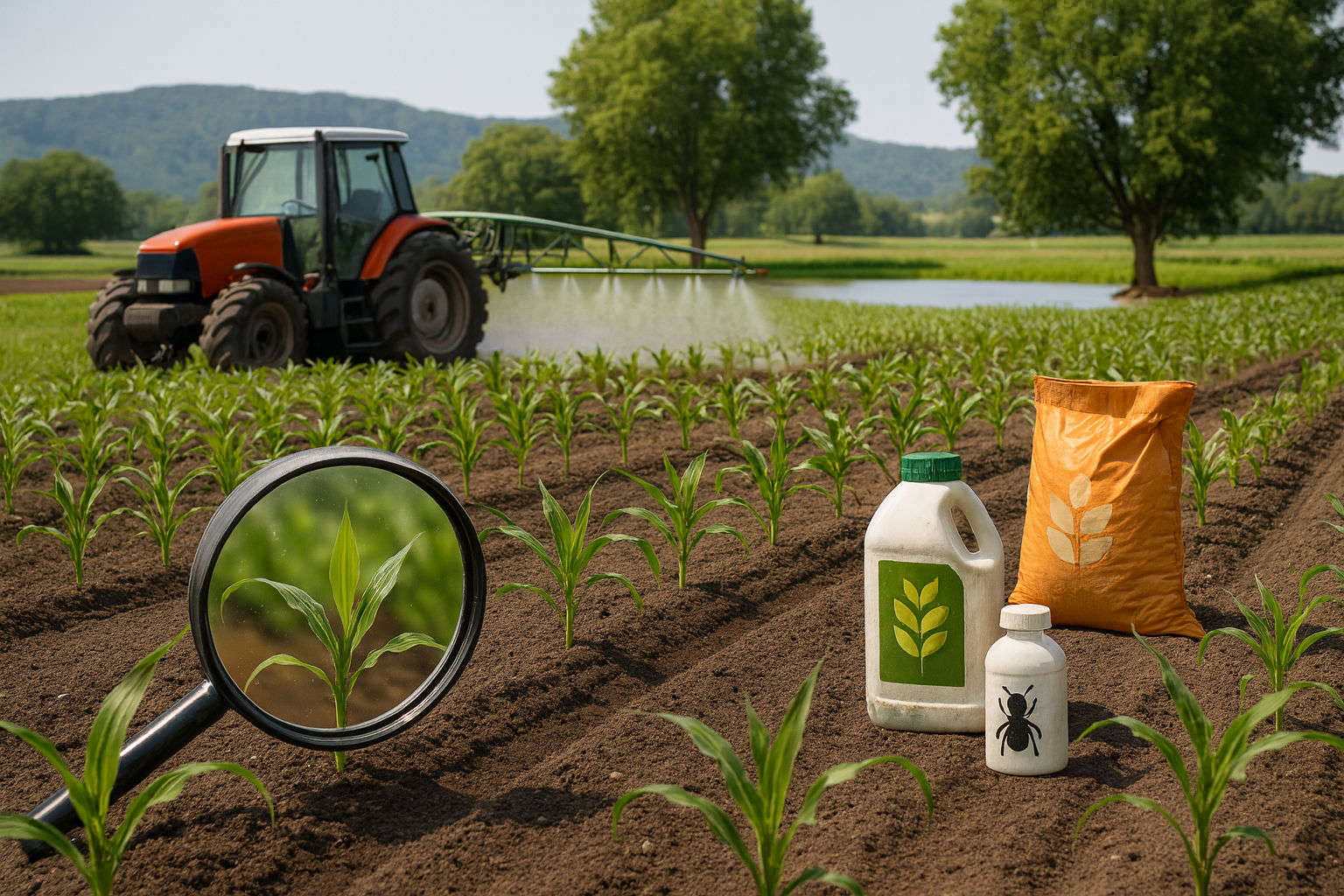What do we model in agriculture?
Crop Growth and Development
These models simulate how crops grow over time as a result of interactions between plant physiology,
management practices, soil, and climate. They typically compute phenological stages (emergence,
flowering, maturity), biomass accumulation, partitioning to leaves/stems/roots/grain, and yield
responses under stresses (e.g. water, nutrients, temperature). They are used to test “what-if”
scenarios (e.g. changes in planting date, variety, management) and to support decision-making
under varying environment conditions.
Soil Water and Moisture Dynamics
These models describe movement, storage, and availability of water in the soil, linking rainfall,
infiltration, percolation, capillary rise, evaporation, and plant uptake. Such models quantify
the soil moisture profile, unsaturated flow, water flux between layers, and interactions with
root water extraction. They help optimize irrigation strategies and manage water stress
conditions. In the literature, this is often part of “soil–plant–atmosphere continuum” modelling.
Nutrient Cycling and Leaching
These models capture the processes of nutrient cycling (especially nitrogen, phosphorus, carbon) in the
soil–plant system, and the losses or transfers to groundwater or runoff. Key processes include
mineralization, immobilization, nitrification, denitrification, and leaching of mobile forms
(e.g. nitrate). Such models help evaluate nutrient use efficiency, environmental losses
(pollution), and sustainable fertilization practices. They often operate in conjunction with
water flow models because nutrient transport is linked to soil water movement.
Fertilizer Planning and Optimization
These models support decisions on optimal fertilizer type, dose, timing, and method tailored to
specific soil, crop, and climate conditions. They aim to match nutrient supply with crop demand,
reduce nutrient losses, and optimize yield and cost. Such models may simulate split applications,
organic vs. synthetic blends, stage-wise fertilization, and trade-offs between yield and
environmental impact. They often rely on outputs from crop growth and nutrient models to inform
recommendations.
Irrigation Scheduling and Water Management
These models optimize when, how much, and how frequently to irrigate crops, under constraints of water
supply, crop demand, and soil conditions. They integrate soil moisture status, crop evapotranspiration
demand, rainfall forecasts, and water delivery systems (drip, sprinkler, surface). They aim to maximize
water productivity (yield per unit water), reduce waste, and mitigate water stress or excess leaching.
Pesticide and Insecticide Dosage
These models simulate the behavior of chemical agents (pesticides, insecticides) in agricultural systems —
tracking how they move, degrade, or persist in soil, water, and plant compartments. Processes include
volatilization, adsorption/desorption, chemical degradation (biotic or abiotic), runoff, leaching, and
residual accumulation. These models are crucial for assessing safe dosages, environmental risk, residue
in produce, and minimizing negative ecological or human health effects.
Climate-based and Crop Planning
These models use historic or forecast climate and weather data to support strategic planning of crop systems.
They can help with selecting cropping calendars, crop rotations, assessing climate risks, modeling
phenological shifts, and evaluating adaptation strategies. They allow simulation under climate
variability or scenario changes, helping with decision-making over seasons or longer time scales.
Soil Quality and Health
These models simulate changes in soil physical, chemical, and biological properties under different management
regimes. They focus on processes like organic matter decomposition, aggregation, microbial activity,
salinization, erosion, compaction, and nutrient reserves. Such models help evaluate sustainability,
resilience of soils, and long-term soil fertility under different cropping practices.
Crop and Resource Allocation
These models support planning how land, fertilizers, water, and crop choices are allocated across a farm or
region to optimize productivity, resource use, and environmental impact. They evaluate trade-offs
(e.g. between profit and pollution), spatial heterogeneity, and resource constraints in allocation
decisions.

